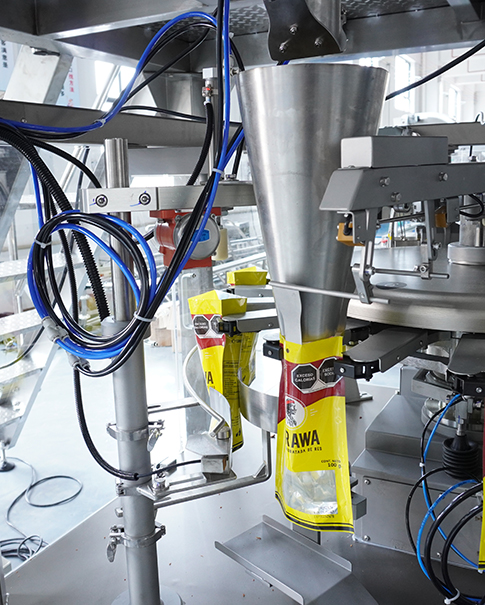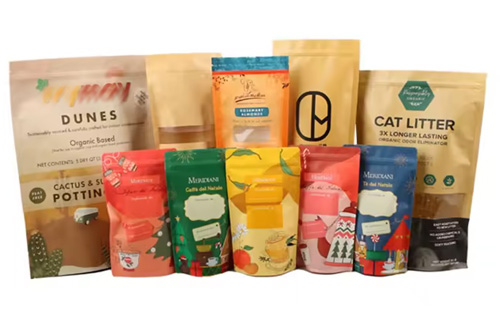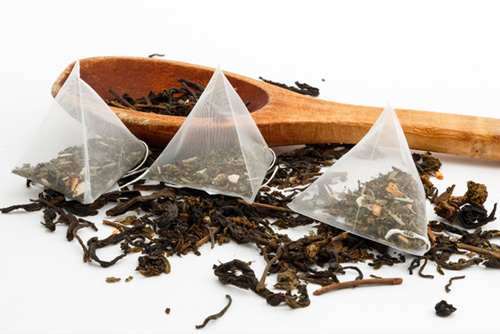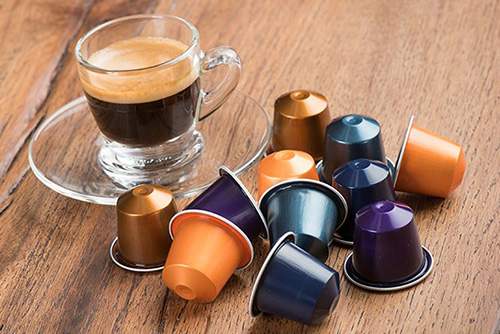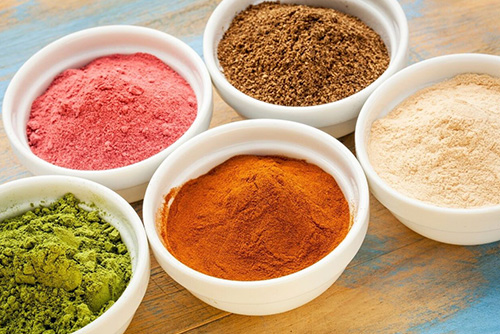How Automatic Coffee Capsule Filling Sealing Machines Are Revolutionizing Coffee Production
Apr 16, 2025
In recent years, the global coffee market has seen a sharp rise in demand for single-serve coffee capsules. From busy professionals to casual coffee drinkers, consumers love the convenience, consistency, and quality offered by these compact pods. As a result, businesses from handmade coffee roasters to large-scale manufacturers are turning to automation to keep up. One of the most Influential innovations in this space is the automatic coffee capsule filling sealing machine. These machines are quietly transforming how coffee is produced, packaged, and delivered around the world.
What Are Automatic Coffee Capsule Filling And Sealing Machines?
At their core, these machines are designed to handle the entire production process of coffee capsules: from feeding the empty capsule shells, filling them with a precise amount of ground coffee, tamping the coffee to the right pressure, sealing the capsule (often with aluminum or biodegradable film), and then ejecting the final product to get ready for boxing and shipping.
They support a variety of capsule types including Nespresso, K-Cup, Dolce Gusto, Lavazza, and more. Whether for aluminum, plastic, or compostable capsules, modern machines can be customized to fit a business’s specific production needs.
The Major Advantages of Automation in Capsule Production
1. Increased Efficiency and Speed
Time is money in manufacturing. Manual or semi-automatic filling processes can be time-consuming, inconsistent, and limited in scale. With an automatic machine, production capacity jumps dramatically with many machines capable of producing hundreds or even thousands of capsules per hour.
This efficiency allows companies to fulfill larger orders, scale their business more easily, and reduce lead times for customers. For businesses eyeing retail or online distribution, this level of output is often essential.
2. Consistency and Precision
Flavor consistency is a hallmark of a great coffee brand. Consumers expect their espresso to taste the same with every pod. Automatic machines ensure this by using precise filling mechanisms and calibrated tamping systems, reducing human error.
Sealing is also a critical step, especially when it comes to preserving freshness. Many of these machines include nitrogen flushing systems that remove oxygen before sealing, helping to maintain the aroma and taste of freshly ground coffee for months.
3. Long-Term Cost Savings
While the upfront investment in an automatic capsule machine can seem high, the long-term savings often outweigh the initial expense. Reduced labor costs, minimal product waste, and faster production times contribute to a healthier bottom line. Additionally, fewer errors in filling and sealing mean less loss from defective or inconsistent capsules.
4. Scalability for Growing Brands
As coffee businesses grow, manual methods become bottlenecks. Automatic machines allow for easy expansion. Many models are modular, meaning businesses can start small and upgrade later, adding more lanes or integrating machines into larger production lines with minimal disruption.
This scalability also opens doors for private labeling, partnerships with retailers, and even white-label production for other brands.
Technology Powering the Transformation
Modern coffee capsule filling machines aren’t just about speed, they’re also smart. Many come equipped with touchscreen interfaces, programmable settings, and built-in diagnostics to reduce downtime. Operators can easily switch between capsule sizes or coffee blends, and in many cases, data tracking and remote monitoring are also available.
Another important aspect is sustainability. With the rise of compostable and biodegradable coffee capsules, newer machines are now built to handle delicate or eco-friendly materials without compromising speed or quality.
Take, for example, a small specialty coffee roaster that starts by hand-filling coffee capsules for local sales. As demand grows, they invest in a compact automatic filling machine. Overnight, their output triples. They’re able to take on wholesale clients, launch a subscription service, and expand their online store without needing to triple their labor force.
Larger commercial brands often rely on high-speed, multi-lane machines capable of producing tens of thousands of capsules a day. In either case, automation provides the agility and reliability needed to stay competitive in a fast-moving market.
Challenges to Keep in Mind
Of course, automation doesn’t come without its challenges. The biggest one is the initial investment. Quality machines aren’t cheap. Businesses also need to factor in operator training, regular maintenance, and the potential need for customization.
Another key consideration is supplier reliability. Not all machines are created equal, and choosing a manufacturer with solid technical support, warranty options, and good customer reviews is critical.
Conclusion
The rise of automatic coffee capsule filling and sealing machines marks a pivotal moment in the evolution of coffee production. By blending speed, precision, and scalability, these machines are not just helping businesses meet growing demand, they’re also helping them do it smarter.
For brands looking to stay competitive, improve consistency, reduce costs, and future-proof their production, automation isn’t just an option anymore. It’s a game-changer. Whether you’re a small roaster or a global player, embracing this technology might just be the secret ingredient to your next level of growth. Any information about coffee capsule filling machine, please contact Jason Machine.
